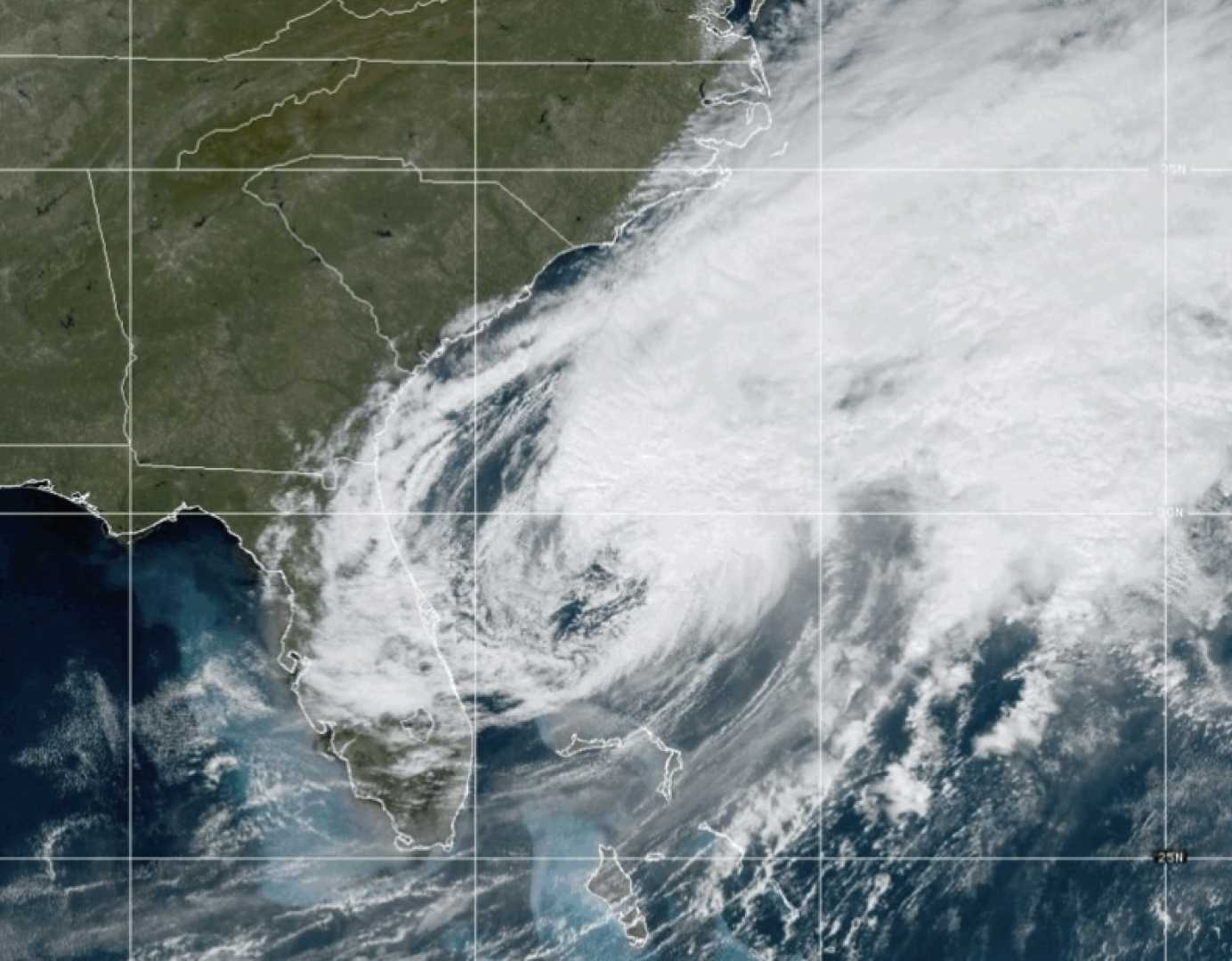News
Understanding Hurricane Categories and Their Implications

As Hurricane Milton approaches Florida, the current weakening of the storm to a Category 3 from a previous Category 5 has prompted many to question the specifics of hurricane categorization. Milton is expected to make landfall near the Tampa Bay area, causing significant concern regarding potential damage.
The categorization of hurricanes is determined by the Saffir-Simpson Hurricane Wind Scale, which ranks storms from 1 to 5 based on sustained wind speeds. The National Weather Service (NWS) notes, “This scale estimates potential property damage. Hurricanes reaching Category 3 and higher are considered major hurricanes because of their potential for significant loss of life and damage. Category 1 and 2 storms are still dangerous, however, and require preventative measures.” The wind speeds are assessed using a one-minute average.
In a Category 5 storm, it is stated that “a high percentage of framed homes will be destroyed, with total roof failure and wall collapse.” Additionally, “Fallen trees and power poles will isolate residential areas. Power outages will last for weeks to possibly months. Most of the area will be uninhabitable for weeks or months,” according to the NWS description.
Despite discussions earlier this year about adding a new category for storms with winds exceeding 192 mph, no official category has been created. Several experts have argued against the necessity of this ranking. As reported by The Associated Press, they argue that focusing on wind speed alone disregards the significant threat posed by water, which is the deadliest element in hurricanes.
A hurricane is defined as a tropical cyclone with maximum sustained winds of 74 mph or higher, typically categorized as a Category 1 or 2 on the Saffir-Simpson scale. The NWS explains that “Hurricanes are powerhouse weather events that suck heat from tropical waters to fuel their fury” and form over the ocean from a tropical wave—a low-pressure area moving through moisture-rich regions. This movement increases shower and thunderstorm activity, eventually leading to the cyclone’s development.
A Category 1 storm has sustained wind speeds between 74 mph and 95 mph. A Category 2 storm’s winds range from 96 mph to 110 mph. A major hurricane, classified as Category 3, 4, or 5, has maximum sustained winds of 111 mph or higher.












